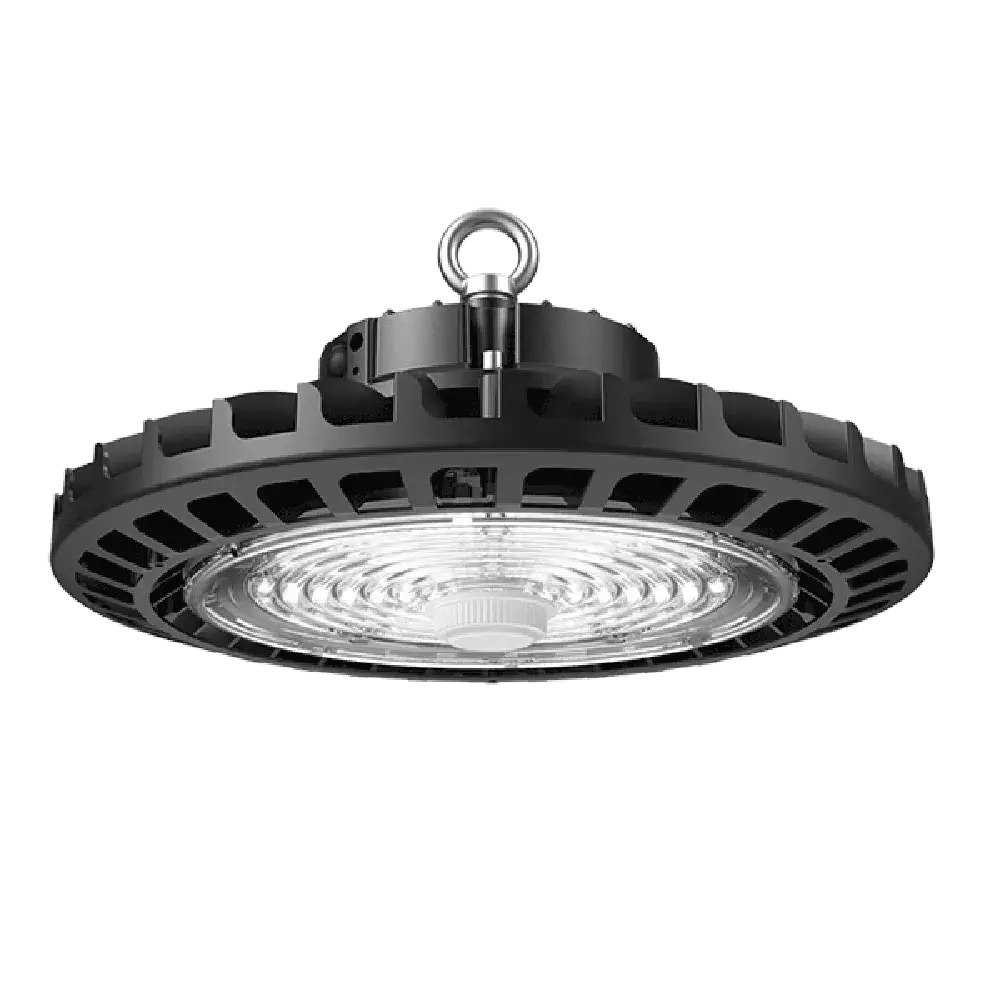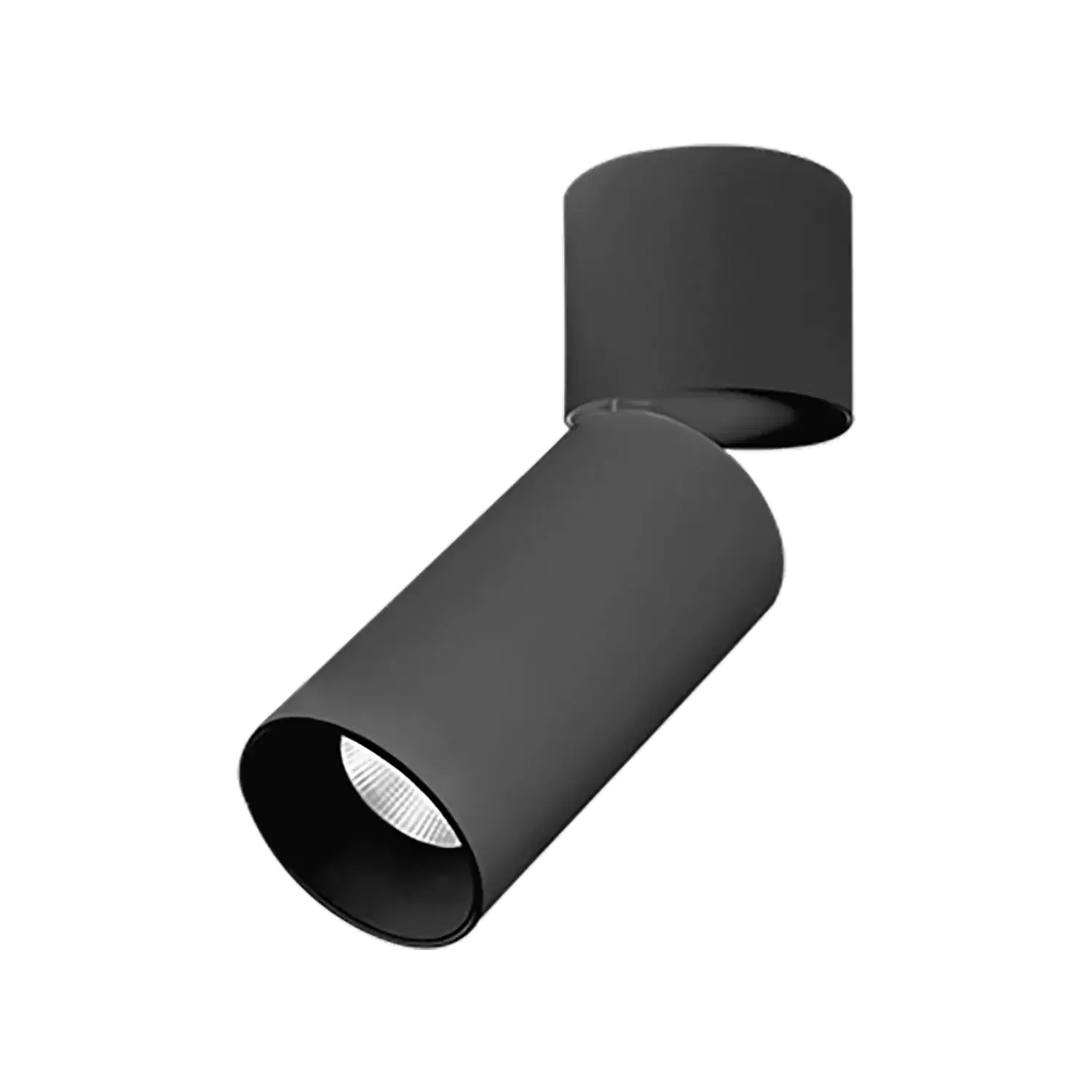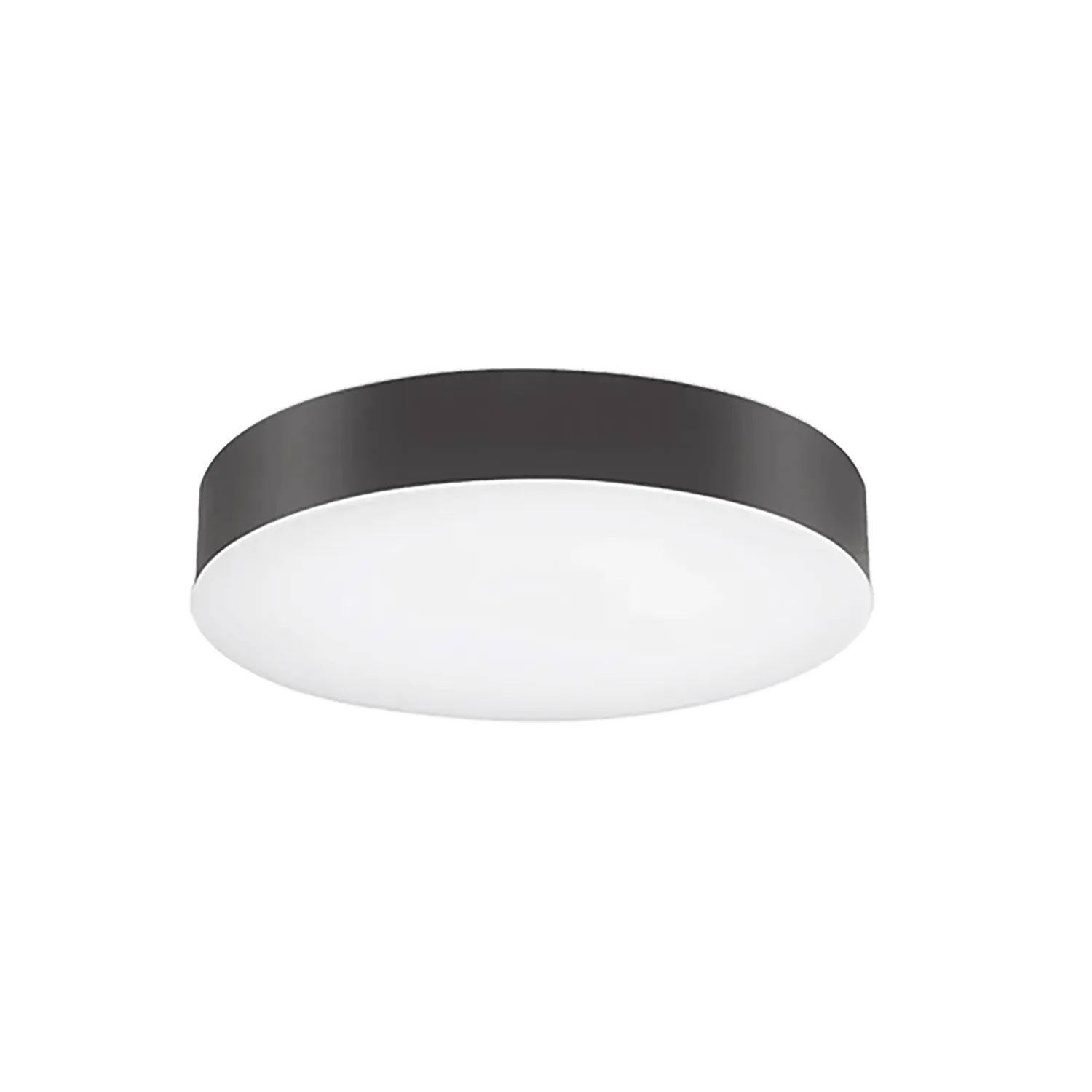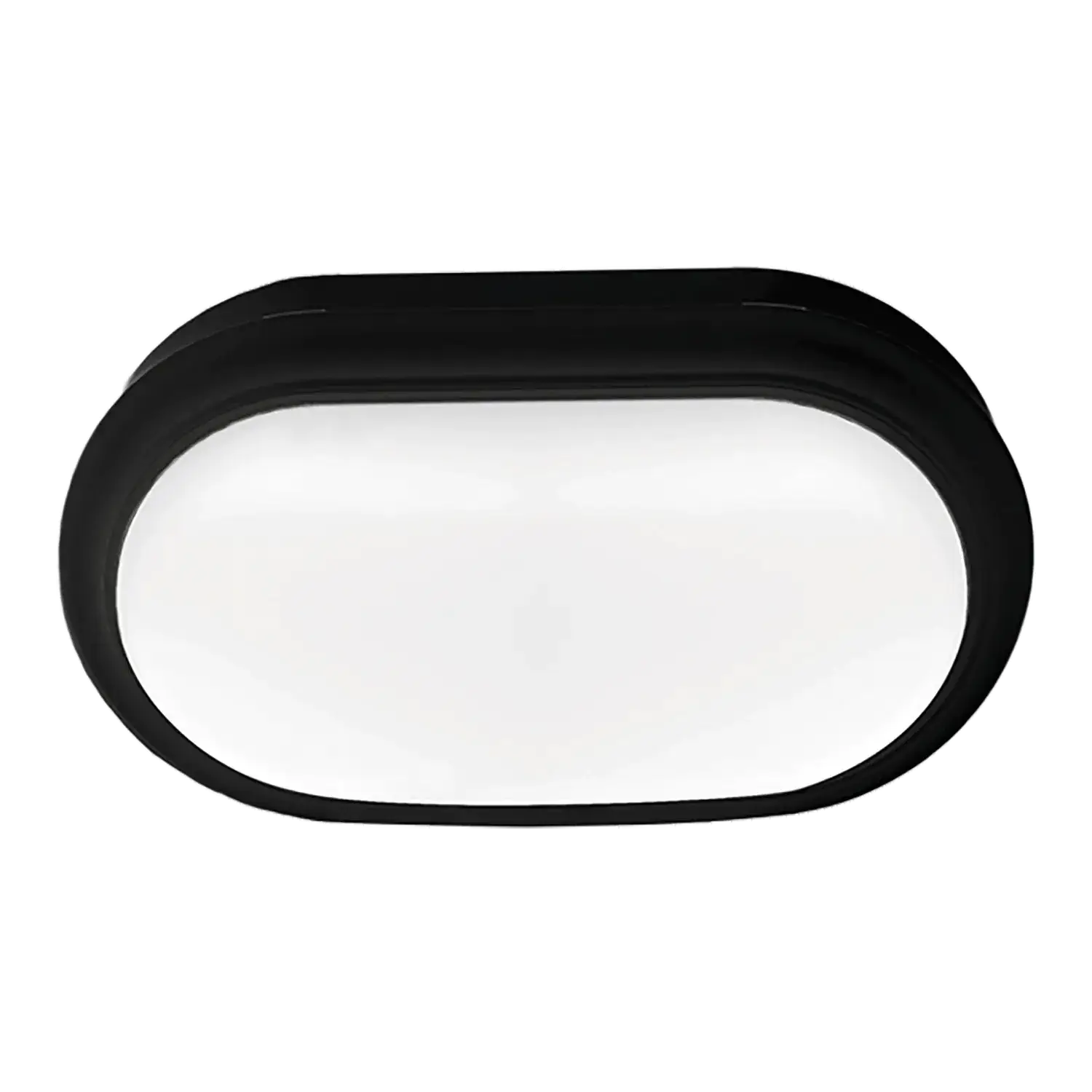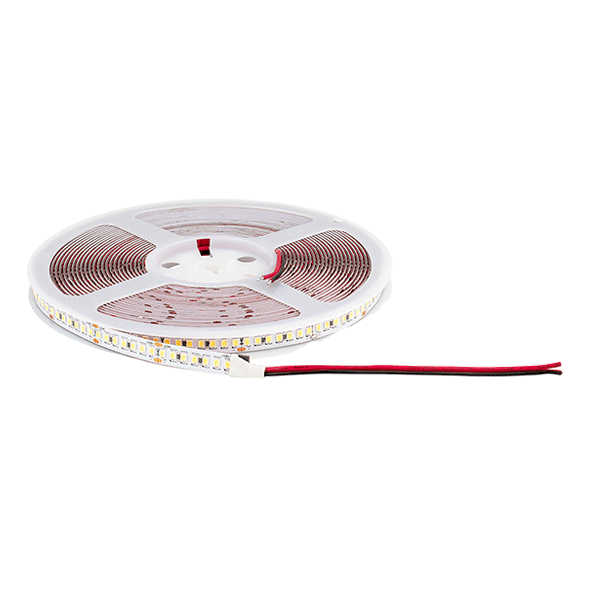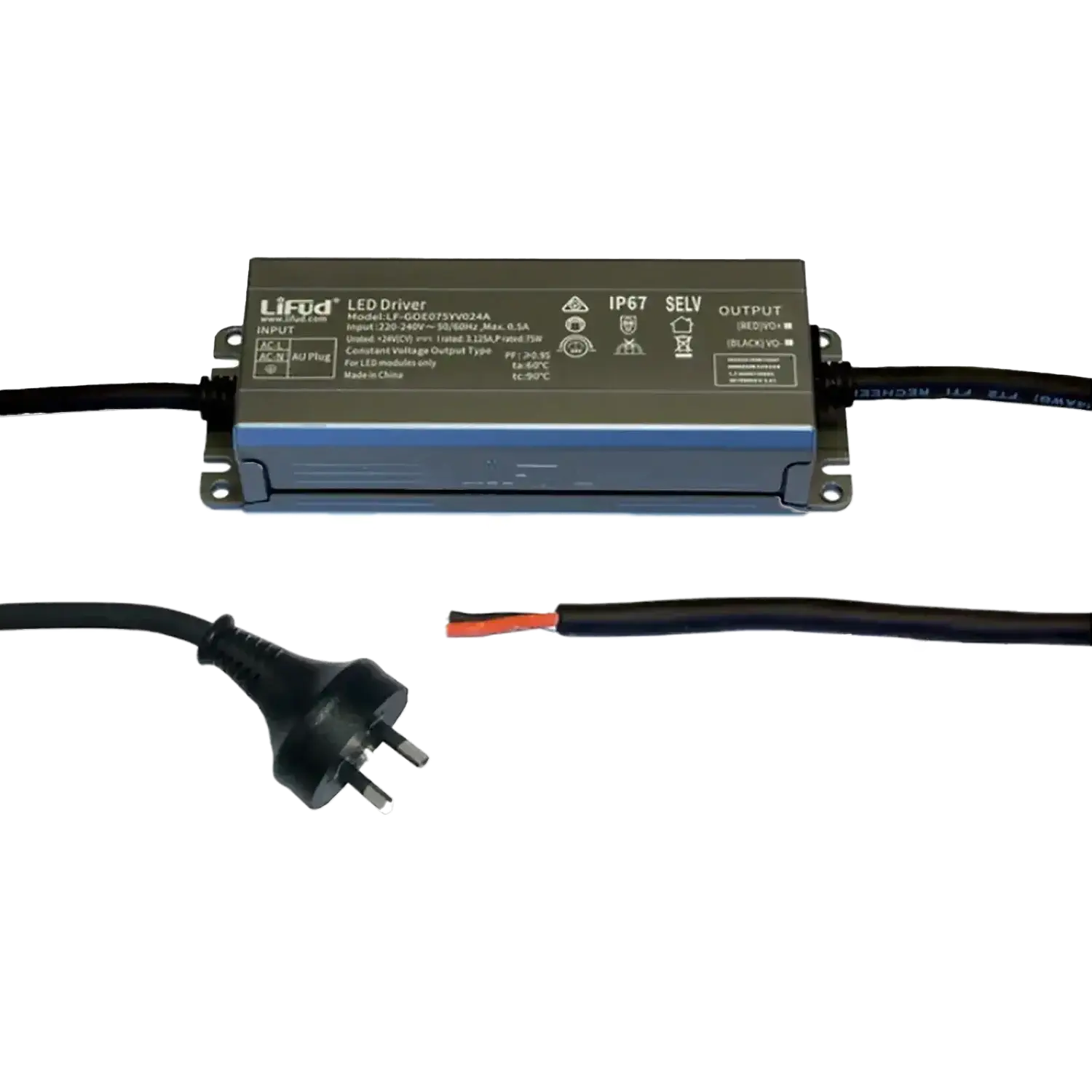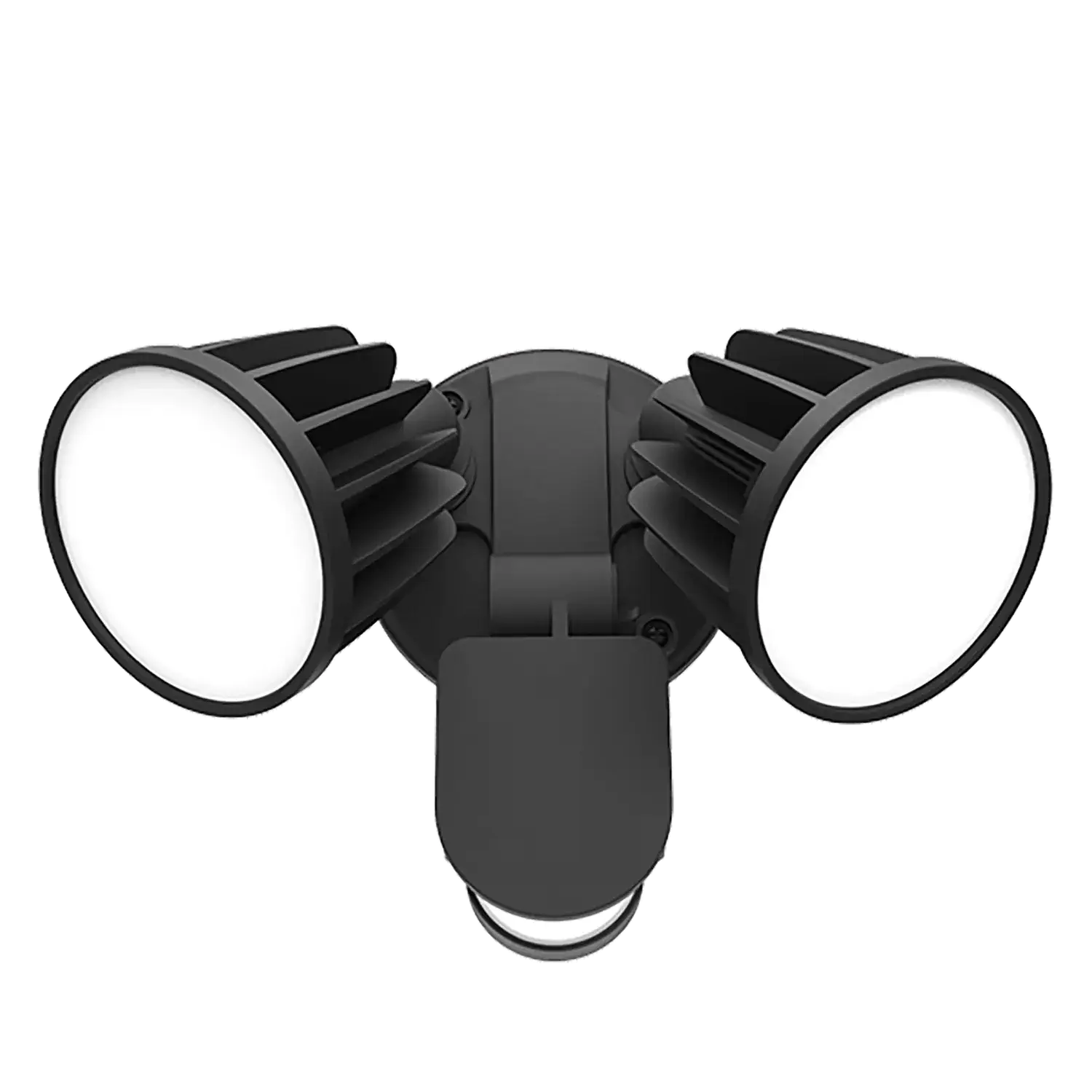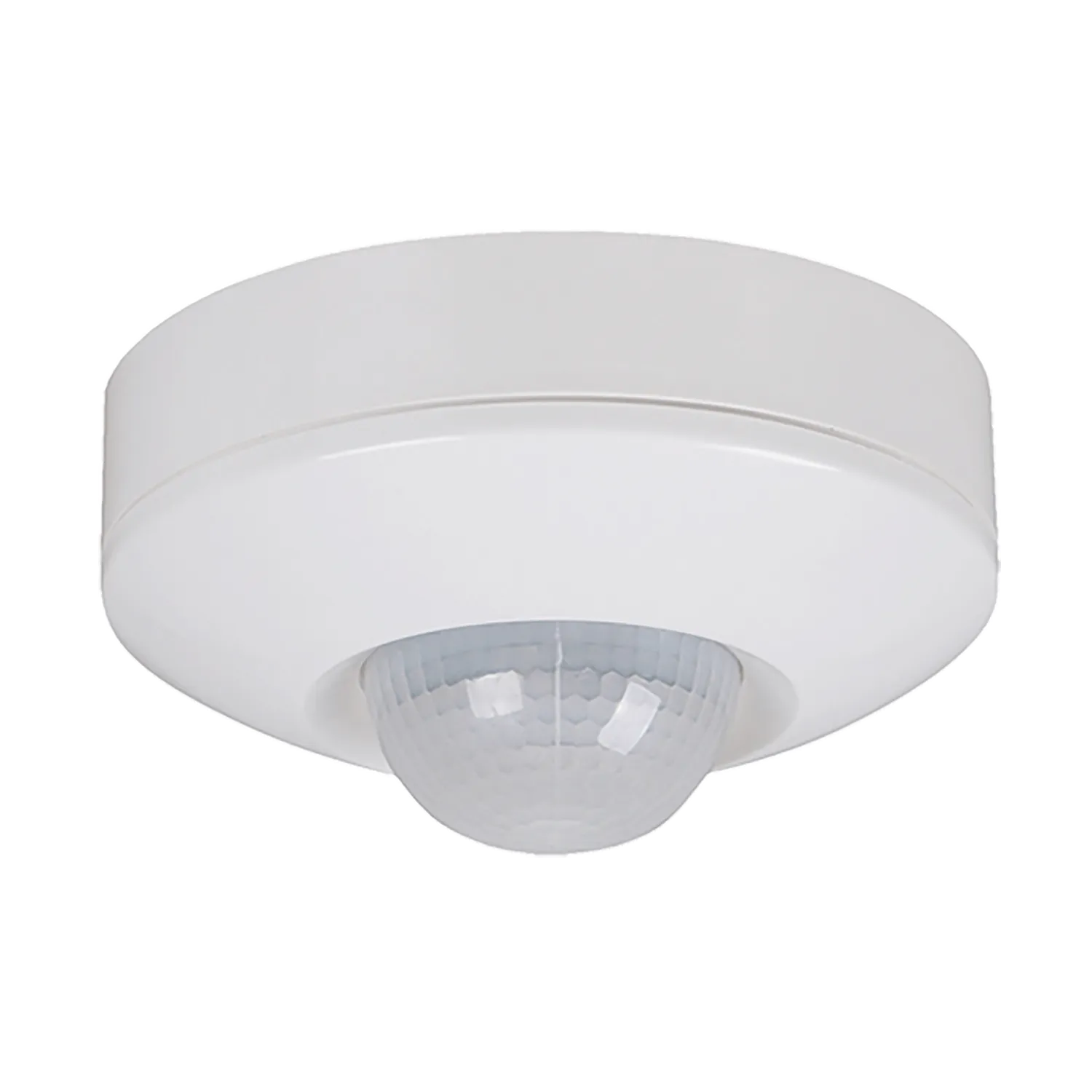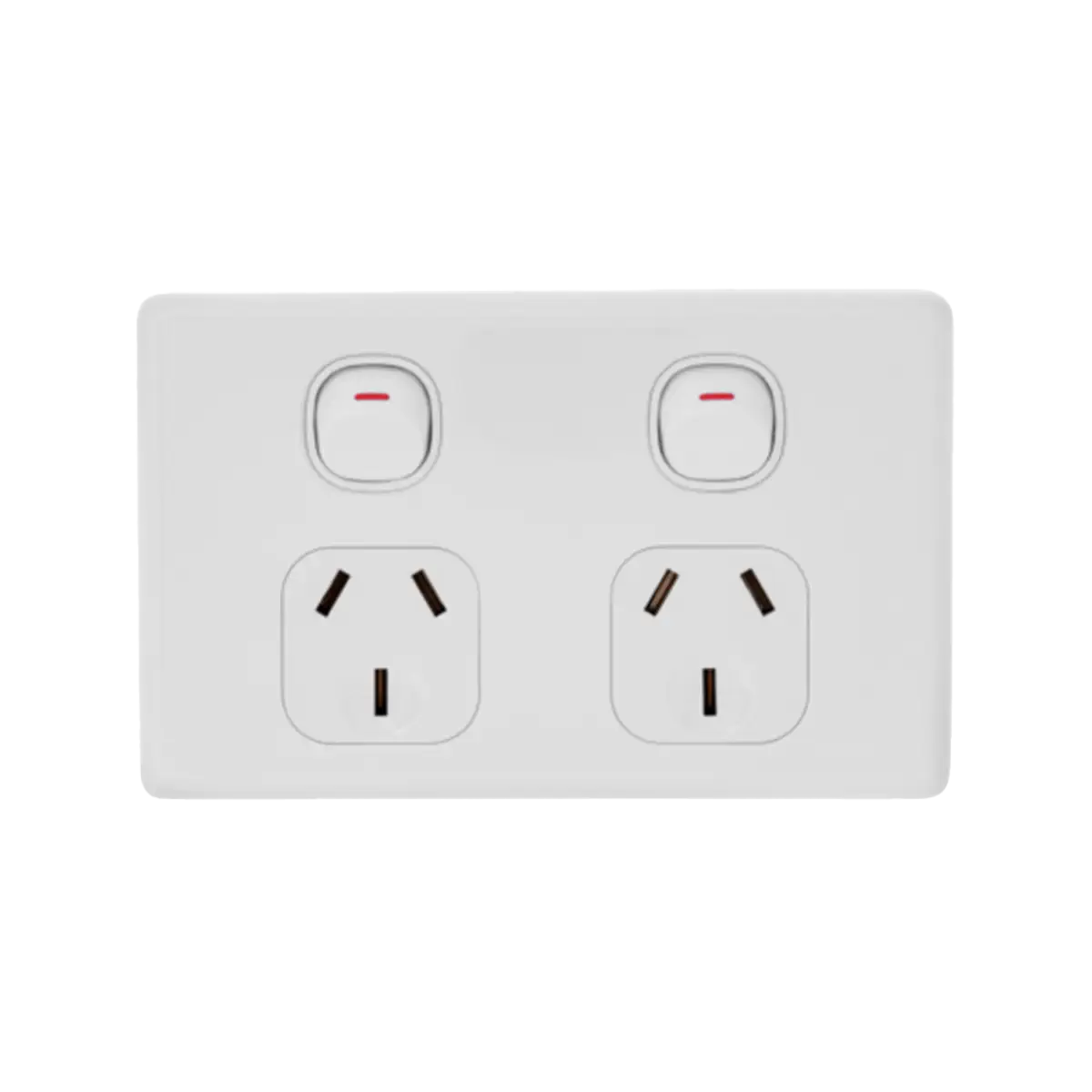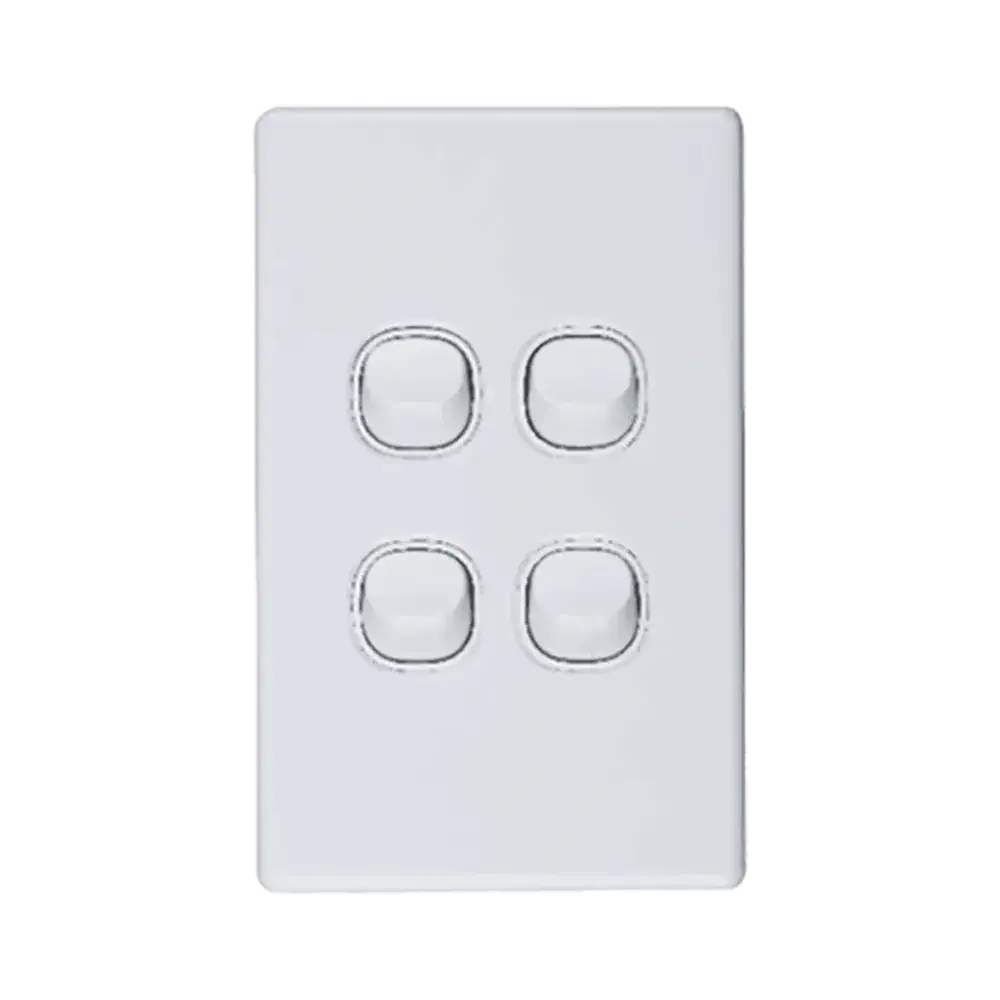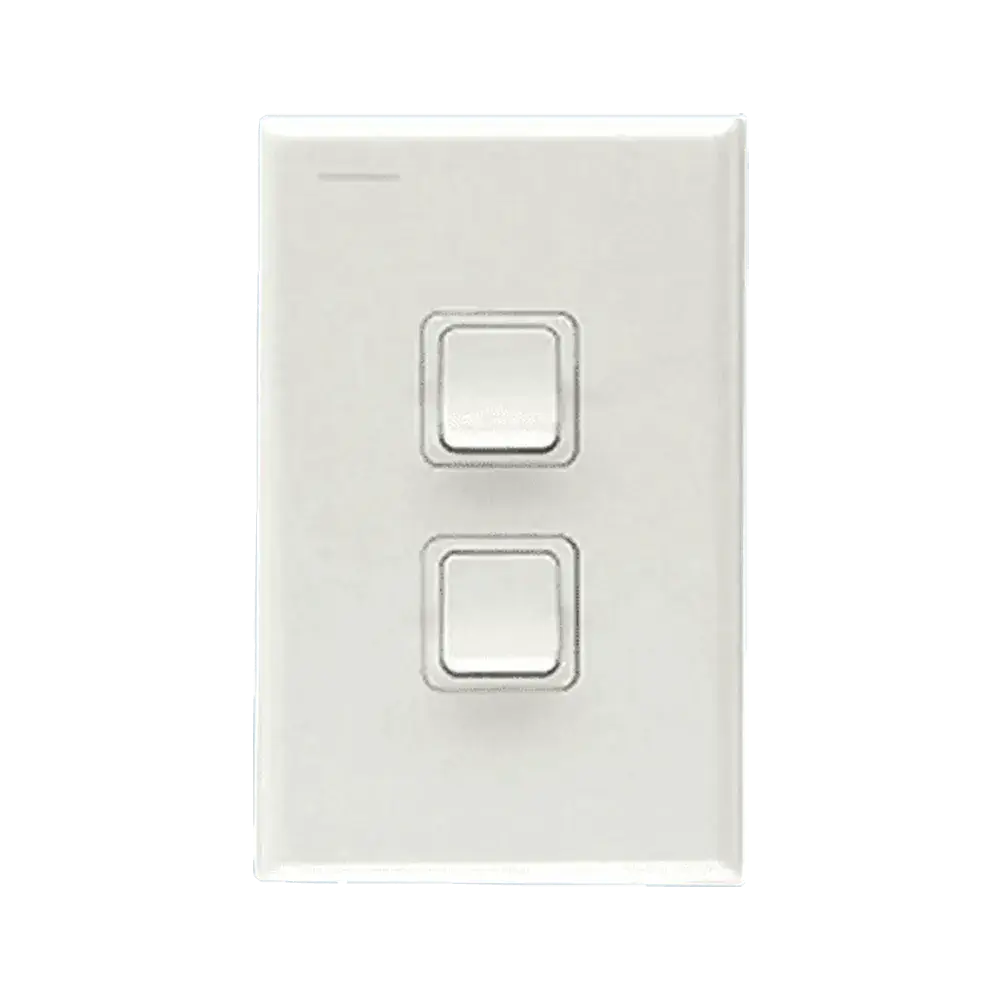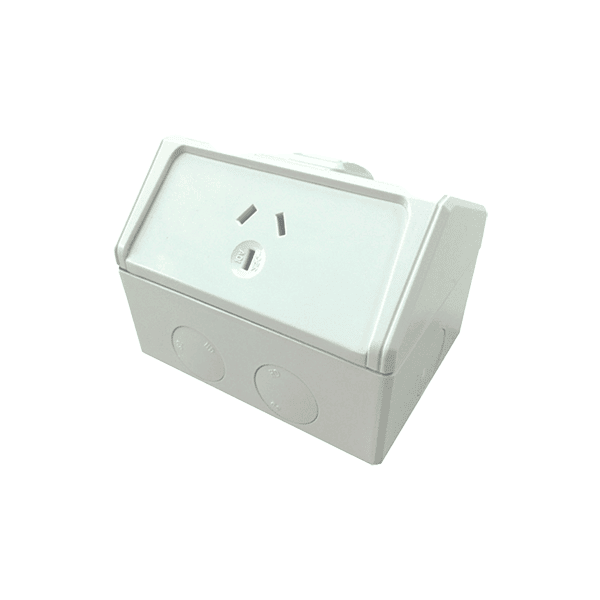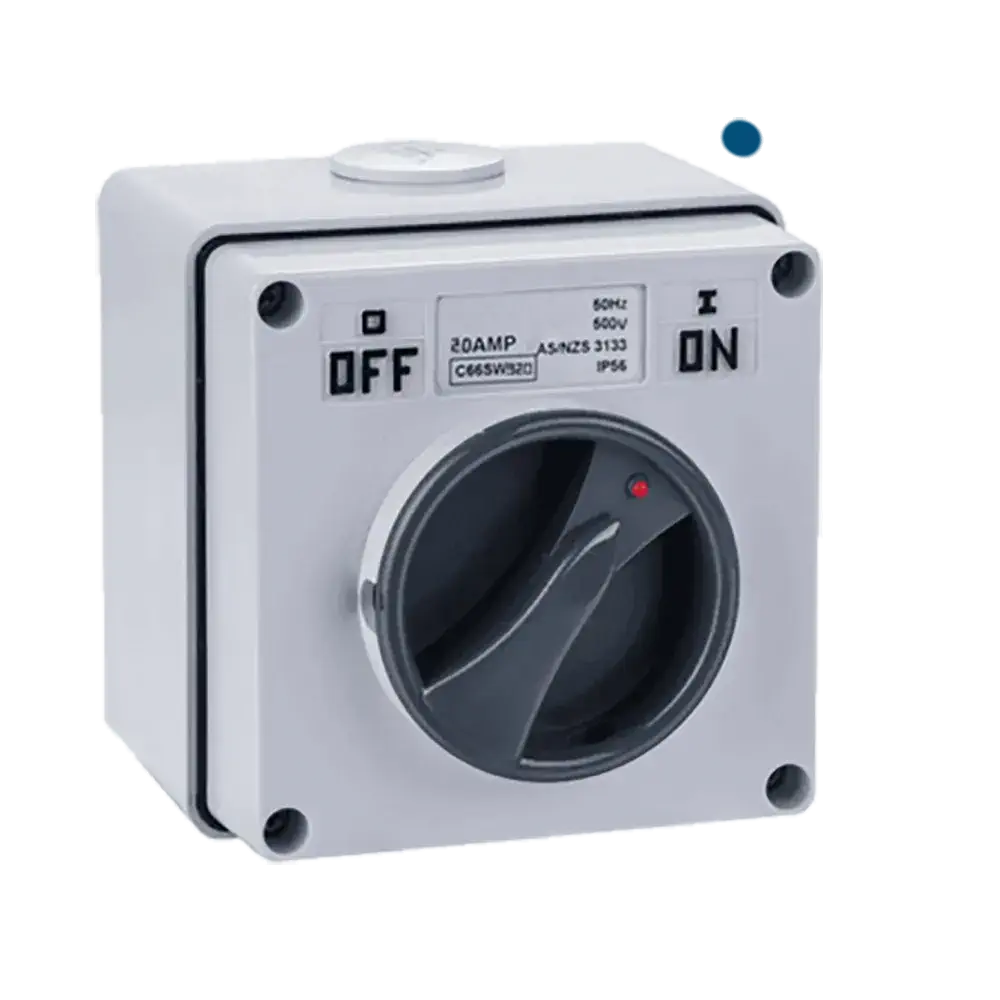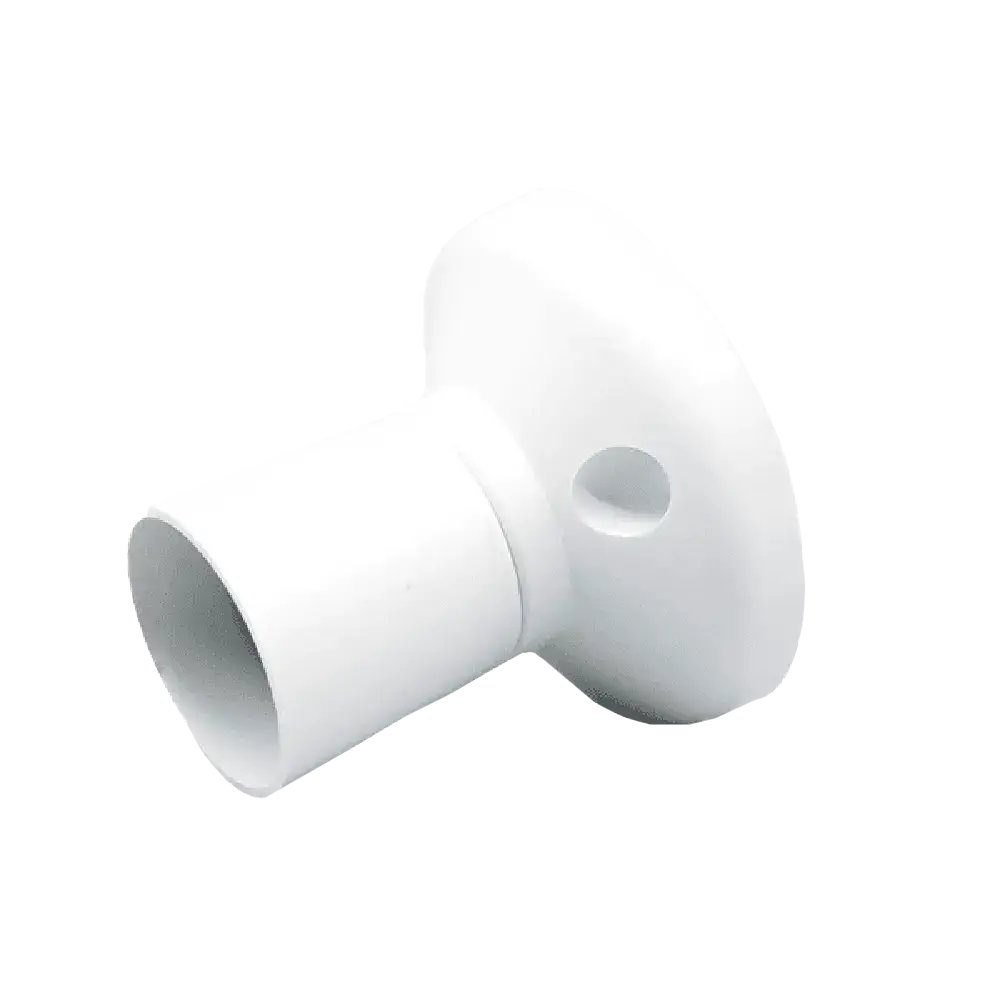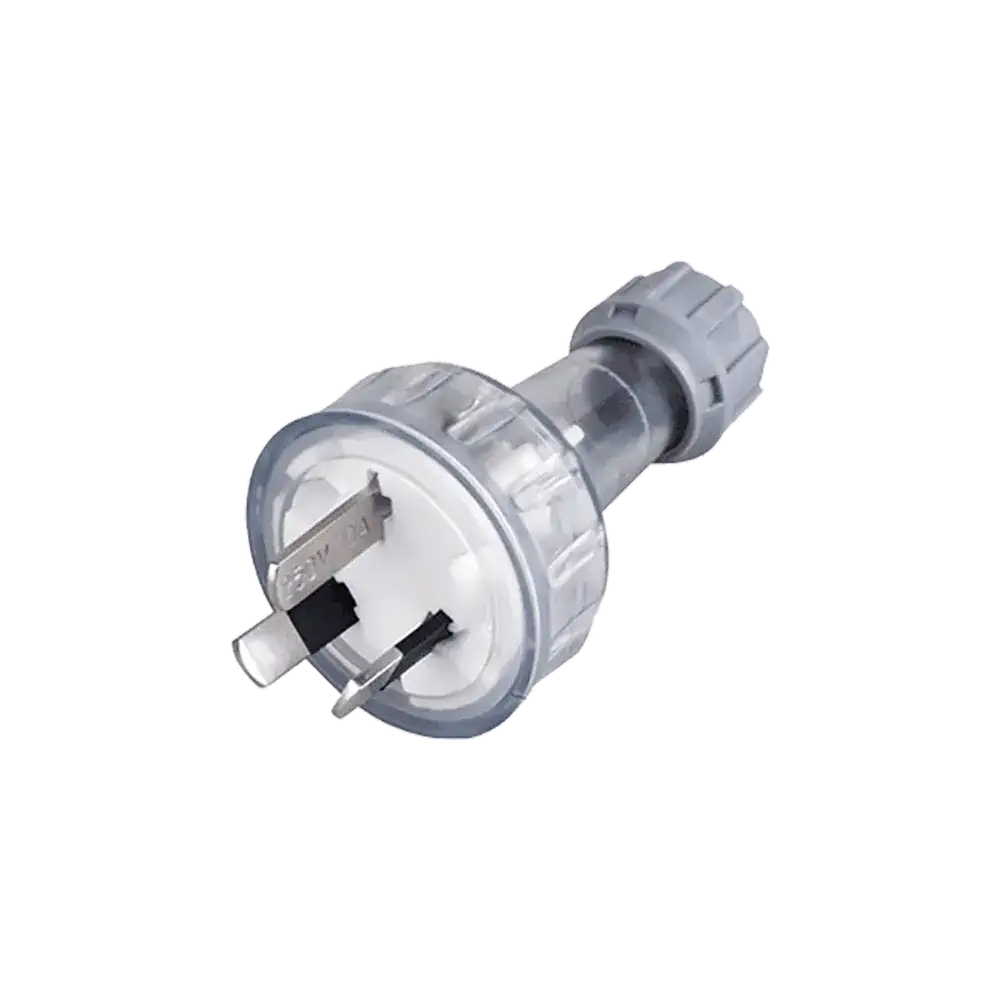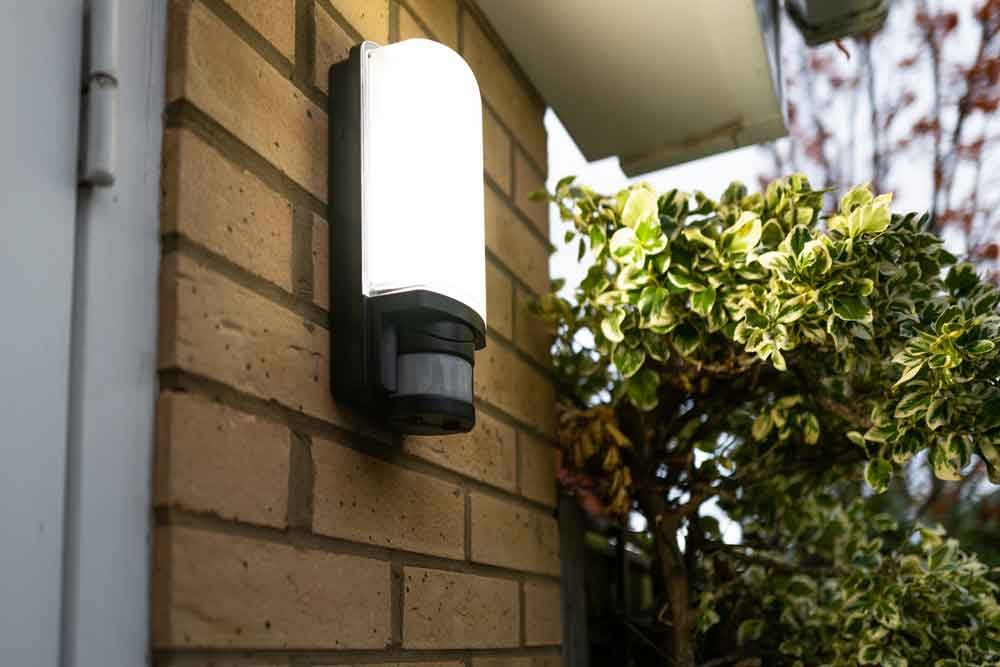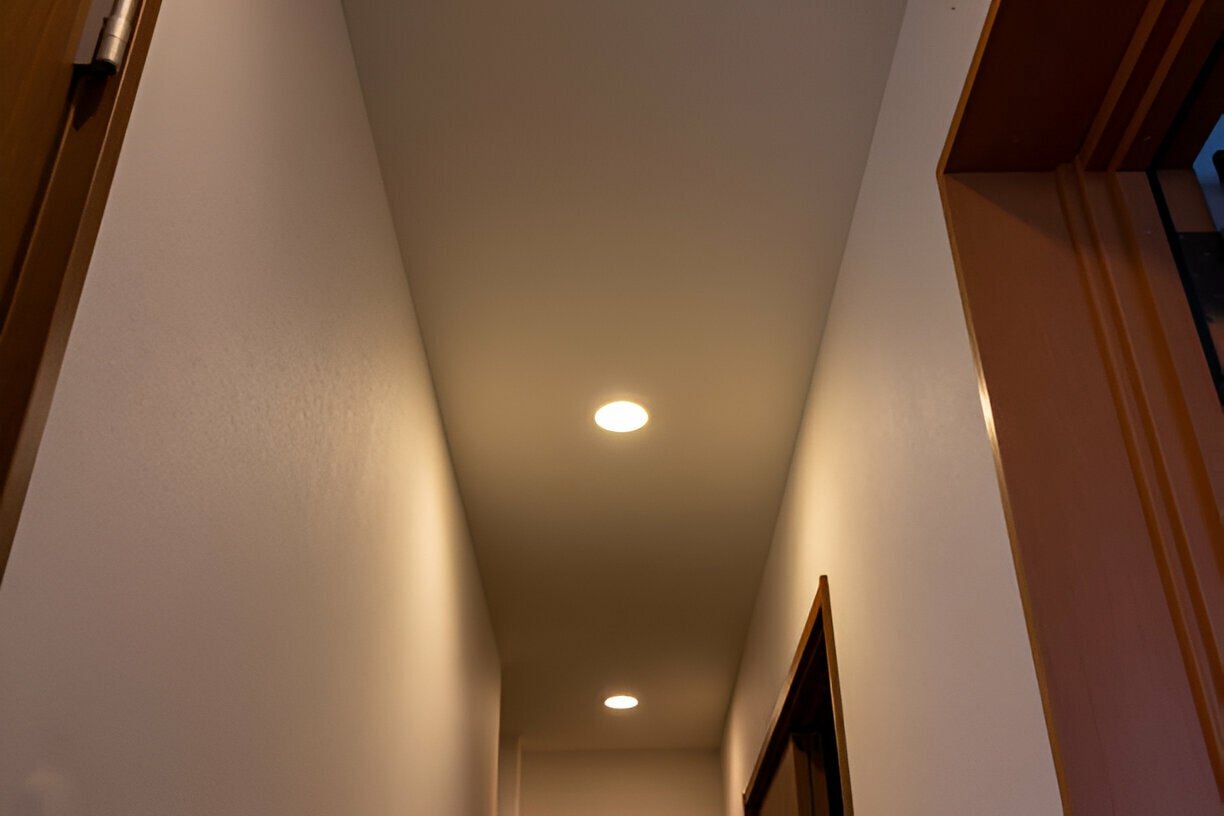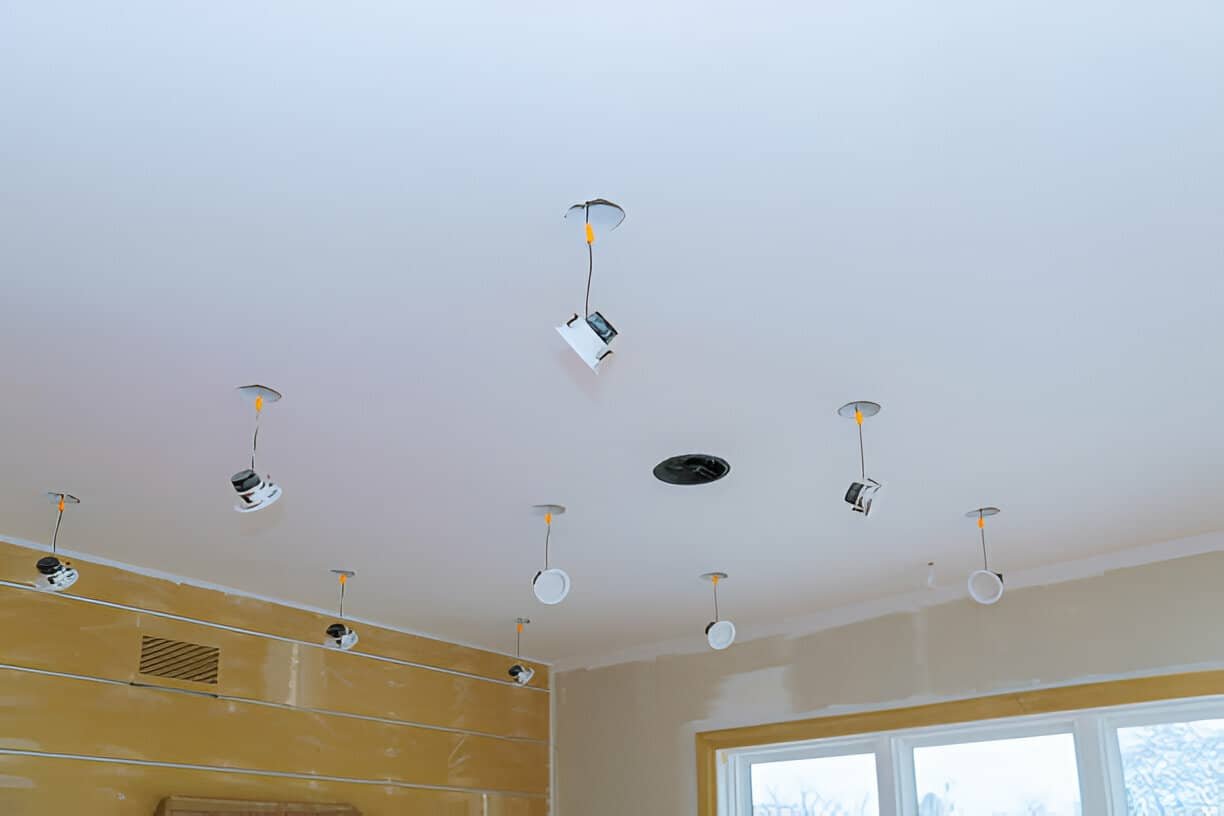Using sensors in lighting systems offers several benefits, including increased energy efficiency, convenience, and improved safety. Here are some of the key advantages of incorporating sensors into lighting systems:
- Energy Efficiency: Sensor-controlled lighting systems can significantly reduce energy consumption by ensuring that lights are only active when needed. They automatically turn lights off when no one is present in a room and can adjust light levels based on natural light or occupancy, optimizing energy usage.
- Cost Savings: Reduced energy consumption leads to lower utility bills, resulting in cost savings over time. The initial investment in sensor technology can often be recouped through these savings.
- Environmental Impact: By lowering energy usage, sensor-controlled lighting systems contribute to reduced greenhouse gas emissions and a smaller carbon footprint, making them more environmentally friendly.
- Longer Lifespan: Dimming or turning off lights when they are not in use prolongs the lifespan of light bulbs and fixtures, reducing maintenance and replacement costs.
- Occupancy Comfort: Occupancy sensors can enhance comfort and convenience by automatically turning on lights when someone enters a room and turning them off when the room is vacant. This eliminates the need to manually switch lights on and off.
- Adaptive Lighting: Light sensors can adjust the intensity of artificial lighting in response to the amount of natural light in a space. This ensures consistent illumination levels while maximizing the use of available daylight.
- Enhanced Security: Motion sensors in outdoor lighting can deter intruders and enhance security by illuminating areas when motion is detected, making properties safer.
- Customization and Control: Modern sensor systems offer advanced control options, allowing users to customize settings, create lighting schedules, and integrate lighting with other smart devices or automation systems for a personalized experience.
- Compliance with Building Codes: In some regions, building codes and regulations require the use of occupancy sensors in commercial spaces to meet energy efficiency standards. Compliance with these codes can be achieved more easily with sensor-controlled lighting.
- Safety: Sensor-controlled lighting in public spaces, stairwells, and hallways can improve safety by ensuring that adequate lighting is always available to prevent accidents.
- Reduced Light Pollution: Outdoor lighting with sensors can be programmed to minimize light pollution by dimming or turning off lights during nighttime hours when they are not needed.
- Health and Well-being: Some advanced lighting systems can incorporate sensors to adjust color temperature and intensity, mimicking natural daylight cycles. This can support circadian rhythms and promote well-being.
- Data Collection: Sensor-equipped lighting systems can collect data on occupancy patterns, energy usage, and environmental conditions, providing valuable insights for facility management and optimization.
In summary, sensors in lighting systems offer numerous advantages, including energy and cost savings, convenience, improved safety, and the ability to create adaptive and environmentally responsible lighting environments. As technology continues to advance, the integration of sensors into lighting systems is becoming increasingly common and beneficial.





